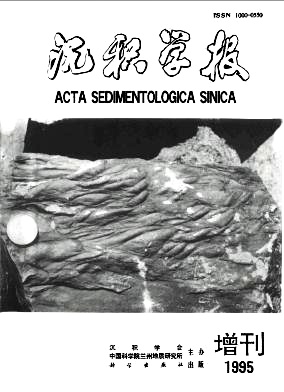Preliminary Study on Late Quaternary Paleosols and Paleoenvironments of the Yangtze Delta
- Publish Date: 1995-12-10
-
Key words:
- Paleosol /
- Yangtze Delta /
- Late Quaternary /
- Paleoenvironment
Abstract: The first stiff clays at the Yangtze Delta are considered to be paleosols by their characteristics, such as plant debris and roots, clay-filled cracks, cutans, peds, and nodules, etc. It is learned from the clay contents, chemical and magnetic fabrics analyses that the stiff clays are complex polygenetic paleosols. The parent material of the paleosols are inferred to be alluvium based on the comparisons of their magnetic parameters with those of Xiashu Loess, Loess-Paleosol Series of Central China and tidal flat sediments of Shanghai.It is learned from the concentration of MnO2. nH2O that the depth of groundwater was about three meters, which was due to the higher elevation of this area during the period of glacial low stand of sea level.The well -developed and clay - filled cracks, along with the fluctuations of groundwater, indicate that the dry and wet seasons were distinctive and the effects of monsoon were stronger than nowadays.Paleosols are thicker than modern soils, and are thinner in the east than in the west of this area, which relates to the different time spans of pedogenesis caused by transgression and regression.
| Citation: | Chen Qingqiang, Li Congxian. Preliminary Study on Late Quaternary Paleosols and Paleoenvironments of the Yangtze Delta[J]. Acta Sedimentologica Sinica, 1995, 13(S1): 79-87. |






 DownLoad:
DownLoad: